Samsung Q70T (QE55Q70T) review: a great low-price QLED TV for gaming
The Samsung Q70T balances price and features well, mixing QLED colours and brightness with some cutting-edge connectivity
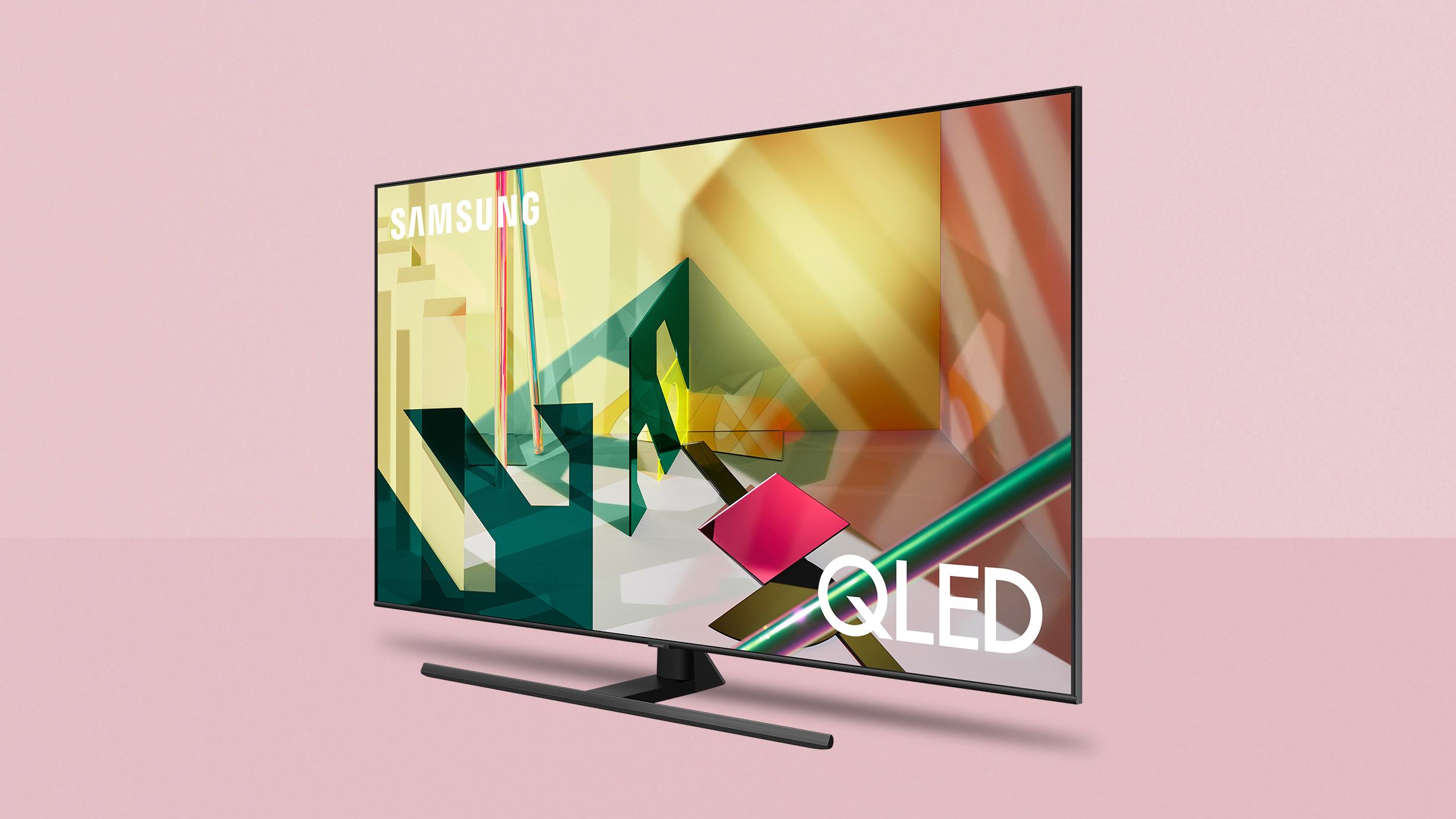
The Samsung Q70T is an over-achieving cheaper QLED screen, combining solid HDR and excellent upscaling with a game-friendly 4K 120Hz HDMI input and above average motion handling.
-
+
4K 120fps HDMI support
-
+
Bright picture performance
-
+
Minimalist design
-
+
Excellent value
-
-
Limited off-axis viewing
-
-
Routine sound performance
-
-
No local dimming
Why you can trust T3
The main takeaway from this Samsung Q70T review is that even in 2022, this is still a great buy because you can get it cheaper than ever before.
It may be a couple of years old so doesn't have as many bells and whistles as more recent sets but you'll still get the winning combination of AI-enhanced performance and a wide array of features.
Some buyers may even prefer the thinner design of this edge-lit 4K HDR TV compared to its more expensive, thicker siblings: the Samsung Q80T and Samsung Q90T, though this change in lighting does have a major effect on the image, as we'll explain.
Gamers will get on with the Samsung Q70T as well because it has HDMI 2.1 support so you can use it with next-gen consoles like the PlayStation 5 and Xbox Series X - for that reason, it's one of the best gaming TVs for a smaller budget. With prices elsewhere going up in recent months, that'll come as a welcome relief.
So what about the competition? Well, its big rival in this area is the similarly priced Sony XH90/X900H, which offers better image quality and still has HDMI 2.1 features.
But it's worth knowing that this is one of Samsung's cheapest TVs to include its coveted QLED panel technology, helping make sure it gives you big, bold HDR colours… but while keeping the price low enough.
When we first tried it out, it featured highly in our guides to the best TVs under £1000 and best TVs under $1000. It's tempting for sure, so let's look at exactly what's on offer here.
Samsung Q70T review: Price & features
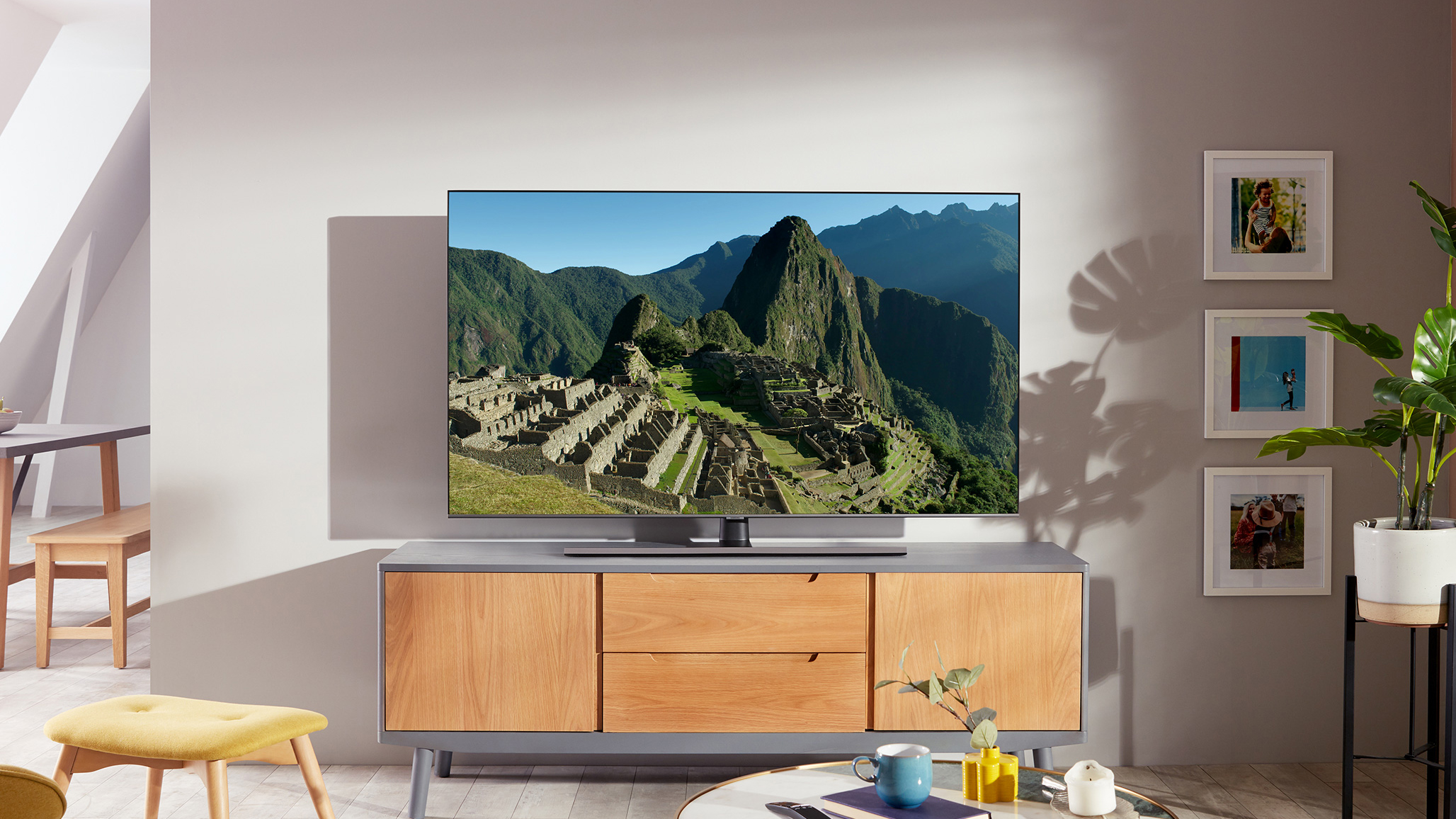
The 55-inch model used for our review launched around £999/US$899/AU$1,695, but is now available for much cheaper. The Q70T is also available in 65-, 75- and 85-inch screens sizes. In Europe, the model numbers are QE55Q60T, QE65Q70T, QE75Q70T and QE85Q70T respectively. In the US, they're the QN55Q60T, QN65Q70T, QN75Q70T and QN85Q70T.
There’s also a UK retail variant, the Q75T. The only difference between the Q70T and the Q75T is the stand's finish. Other than that, they’re identical.
We've seen some great discounts on these models, and there's only likely to be more now that Samsung's 2021 TVs have arrived, making this potentially excellent value – here are the latest prices on the Q70T at all sizes.
Around the back, you’ll find four HDMI inputs, the fourth of which is 4K 120fps ready. This provision is significant, as there are plenty the best TVs that cost quite a bit more than that simply don’t have such high-bandwidth capability. Paired with support for Variable Refresh Rate and Auto Low Latency Mode, this is one of the best-value TVs for next-gen gaming. The only set that currently competes with the Q70T for price and also includes 4K 120fps support is the Sony XH90/X900H (which supports it on two HDMIs, if that's significant to you).
The remaining three HDMIs here are all 4K 60fps enabled, and there’s eARC compatibility too, for adding one of the best soundbars. Other connections include Ethernet, two USB ports and an optical digital audio output, plus Bluetooth and dual-band Wi-Fi.
The Q70T is bundled with two remote controls, one a traditional button-heavy pointer, the other less crowded for those who just want the basics.
The biggest difference between the Q70T and the slightly more expensive Q80T is the lack of a direct backlight with local dimming. From a picture quality point of view, this will raise questions – after all, it’s this that dictates just how precise it’s contrast and HDR performance will be – but as we’ll reveal, this lack of finesse isn’t necessarily a deal breaker.
Samsung Q70T review: Picture quality
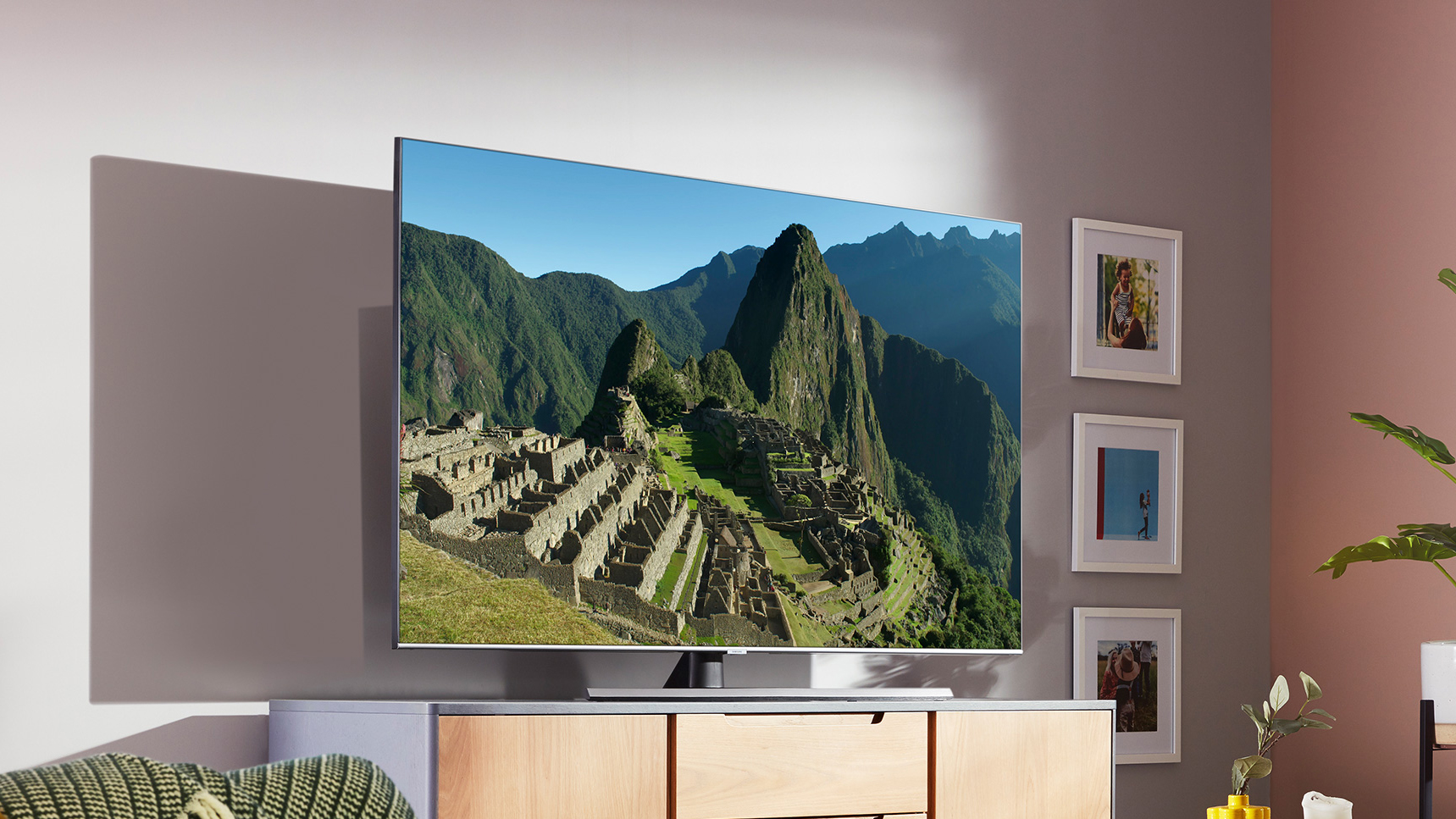
Straight from the box, the Q70T will be met with murmurs of approval. It offers a high average picture brightness, good colour fidelity and punchy contrast.
Standard, Dynamic, Natural and Movie are your standard picture presets, with Standard and Natural being the most complimentary for more content – Natural tends to emphasise contrast, mainly through a bit of black crushing, but the result is undeniably watchable.
It’s no surprise that native 4K images look super sharp on the Q70T, but what’s genuinely surprising is just how good the AI upscaling is for lesser sources. The set’s Quantum image processor does a super job interpolating texture and detail, giving a better perception of depth.
The Samsung makes good use of AI smarts by comparing content with an on-chip database, and intelligently guesstimating how it can be improved. The process works particularly well on less than optimum video streams.
While the set lacks full array local dimming, there’s still some clever display tech at work. Samsung has opted for two different colours in its LED backlight, which maximises contrast. This adds some welcome black level punch. Of course, you’ll still see blooming on high contrast scenes, but it’s relatively fleeting.
More impressive is the fact that letterbox bars on movies actually look properly dark. At least, they do when viewed with some ambient lighting in the room. In a fully dark room, black bars tend to grey out, a still-common trait of LCD screens.
Overall HDR performance is in line with its better mid-range rivals. We recorded peak HDR brightness at 600 nits. This is less than QLEDs positioned upwind, but equal or greater than most similarly priced LED panels. HDR support includes regular HLG and HDR10+, but not Dolby Vision.
The lack of Dolby Vision remains a sore point, and it’s a difficult omission to justify. Samsung will point to its support of rival, dynamic metadata standard HDR10+, but even with the support of Amazon Prime Video, HDR10+ is far from ubiquitous.
We do get Filmmaker Mode here, which is a universal movie preset championed by the UHD Alliance, and some big-name creative support. Filmmaker Mode switches off motion smoothing, voids noise reduction, and dulls image sharpening. This may win the approval of purists, but with SD and HD SDR content, it really dulls the picture and is all but unwatchable in well lit rooms. Its handling of 4K HDR content is a good deal better, but still approach with caution.
The Q70T is at its best when Samsung can make full use of its quantum dot panel hardware, not just for 4K HDR but overall average SDR brightness. The set’s everyday content appeal is high, with colours that are vibrant in a crowd-pleasing right way.
Motion handling is also top notch, useful for both fast-moving actions sequences as well as general sports coverage. Our advice is to leave the motion handling on Auto, as it tends to cope well with most content. Of course, if you insist, you can manually adjust blur and judder on the fly. For best results we suggest setting blur reduction at 9, with judder reduction at 3 or 4. But avoid the LED Clear Motion option, as it has a detrimental effect on picture brightness.
The biggest picture caveat is a notable drop in colour fidelity and contrast when viewed off axis, so take care where you position the set.
The set’s gaming performance is extremely good. With Game Motion Plus engaged, input lag is recorded at 19.8ms (1080/60). This mode maintains a level of blur and judder reduction. If you want to play hard-core, the unfettered Game mode with Game motion Plus off sees latency improve to just 9.1ms, but with fewer processing tricks to make things look nice.
Samsung Q70T review: Sound quality
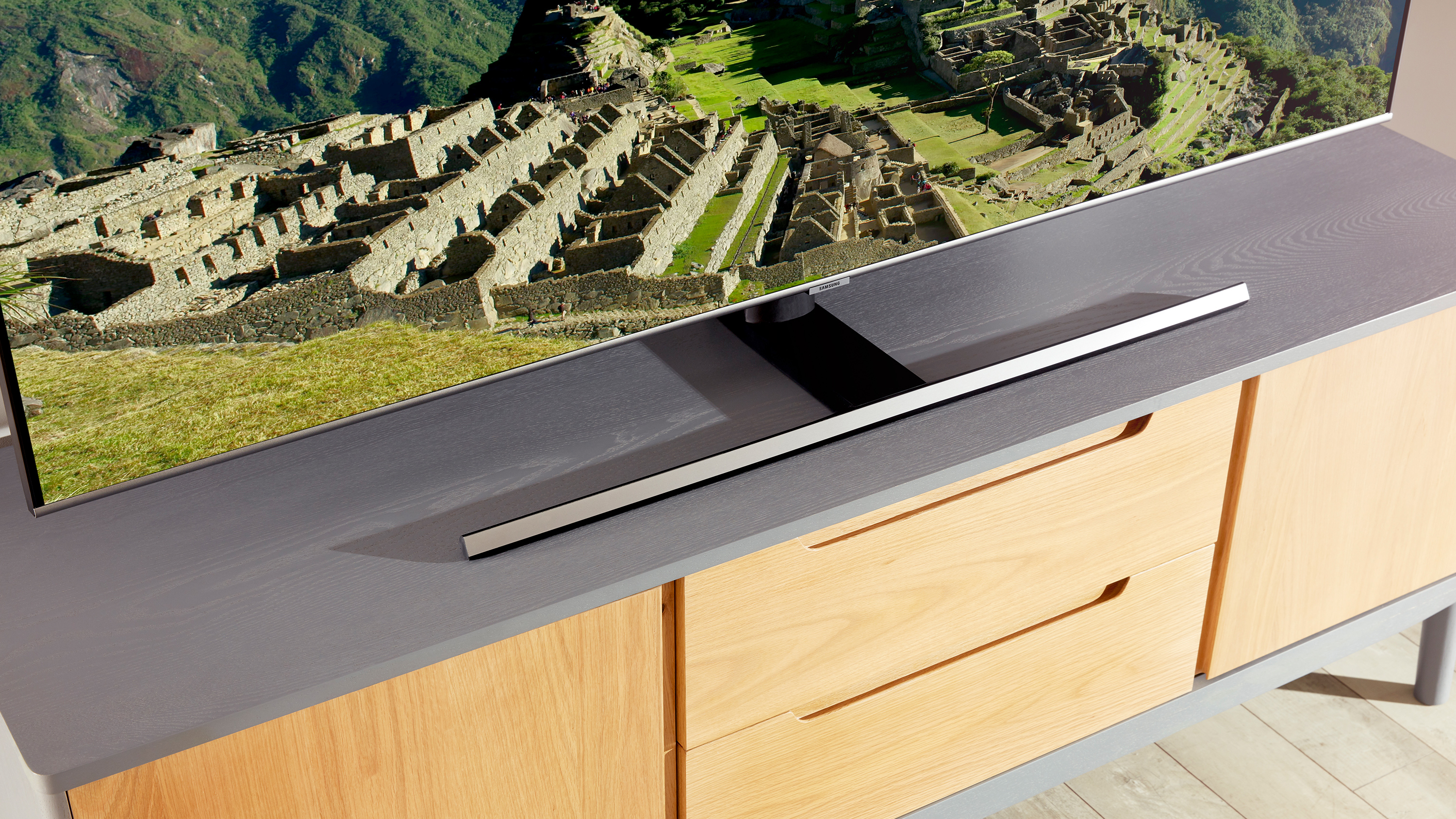
One inevitable consequence of the Q70T’s thin, edge-lit panel design is a rather limited sound system. The TV lacks the OTS (Object Tracking Sound) system of speakers placed around all edges that's used on the Samsung Q80T and above, instead offering a functional two-channel stereo system.
Not that it’s short on tricks. New Adaptive Audio and Active Voice amplifier features improve audio based on ambient noise in your room, and they're effective.
Nonetheless, our advice would be to budget for a well-sized soundbar – Samsung TVs don't decode Dolby Atmos, but they will pass it through HDMI to a compatible soundbar, so you can go as high-end as you want this this one, really.
Samsung Q70T review: Design & usability
Much like the rest of its QLED peers, the Q70T offers a minimal face framed by an ultra-slim bezel. Helpfully, the central stand doesn’t require particularly wide AV furniture.
Smart functionality is good. The Q70T is built upon Samsung’s robust Tizen platform which has had some minor visual tweaks of late, such as a slightly smaller Launcher bar (all the better for fitting more apps and services in), but the general approach remains unchanged. Binge watchers can select from Netflix, Amazon Prime Video, Disney+, Rakuten TV, Apple TV and YouTube, to name but a few – it's really well-equipped for streaming.
In the UK, there’s no Freeview Play on board (which is standard for Samsung), but all the mainstream catch-up TV players are provided (including BBC iPlayer, ITV Hub, All4 and My5).
Of course, Tizen also offers advanced smart home and device niceties too. Mobile Multi View with Casting allows you to run your smartphone display on the TV as a picture-on-picture window besides the main image, if you have a compatible phone. Tap View makes for easy pairing if you have a Samsung Galaxy mobile, just tap the back of the smartphone to the top or side of the TV, and they connect.
There’s also Ambient Mode Plus, which puts the screen to use when it’s in standby, allowing it to function as either a picture gallery, or news and weather ticker. Think of it as a room mood extension.
In addition to Samsung’s Bixby digital Assistant, there’s also support for Amazon Alexa and Google Assistant. The screen is also compatible with SmartThings gadgets.
Samsung Q70T review: Verdict
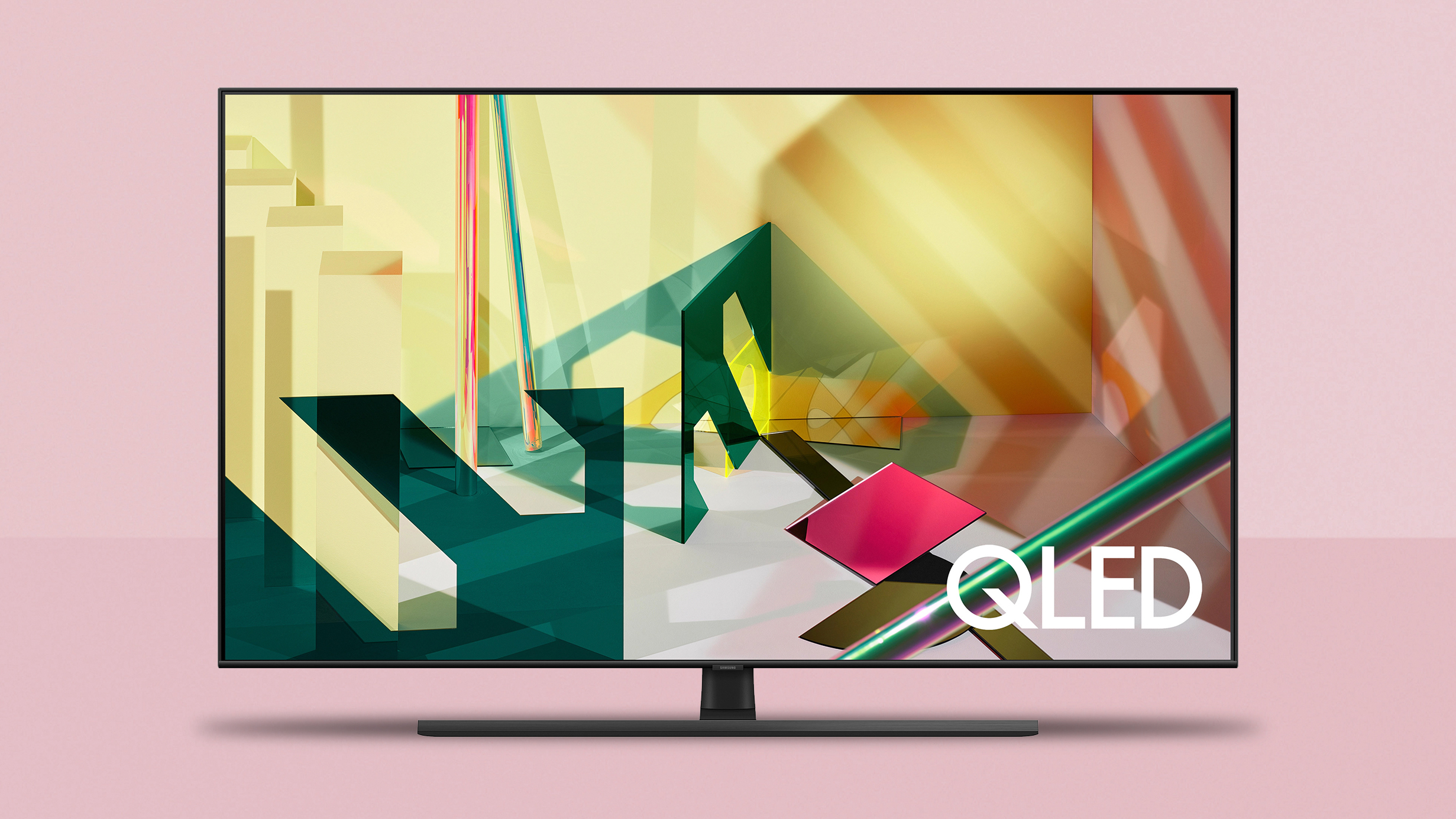
The Q70T may not be our first choice for home cinema enthusiasts, but it’s a good value bright-room 4K TV, particularly if you have a predilection for gaming. That HDMI 2.1 port with next-gen gaming support may not get a lot of use at the moment, as compatible titles are limited, but having it available is a long-term win for console fans.
We also rate Tizen as a rock-solid smart platform, thanks to generous streaming options, and some welcome new AI driven functionality.
Picture quality can be considered strong for a mid-range model. The Q70T compensates for its lack of local dimming finesse with a crowd pleasing colour and contrast performance. While we would have liked to see Dolby Vision HDR support, the set’s HDR performance still strikes the right notes.
Its biggest issue is the existence of the Sony XH90/X900H, which is simply better for image quality, and offers the next-gen gaming feature we care about most – 4K 120Hz – and does it on two ports instead of one. At the time of writing, they're the same price at the 55-inch size, and the Sony would be our choice. On its own merits, though, the Q70T remains a very good TV, and one that we'd happily recommend otherwise.
Make sure you check our Samsung discount codes to save on your order.
Sign up to the T3 newsletter for smarter living straight to your inbox
Get all the latest news, reviews, deals and buying guides on gorgeous tech, home and active products from the T3 experts
For over 25 years, Steve has been casting his keen eyes and ears over the best that the world of TV and audio has to offer. He was the creator of Home Cinema Choice magazine, and contributes to huge range of technology, home and music titles along with T3, including TechRadar, Louder, Ideal Home, the i newspaper, and more.
-
 Google just added a new Gemini video creation tool I never knew I needed
Google just added a new Gemini video creation tool I never knew I neededGemini Advanced just added Veo 2 video generation
By Mike Lowe Published
-
 One of the best villains in gaming is coming to Xbox Game Pass for free
One of the best villains in gaming is coming to Xbox Game Pass for freeAll Game Pass subscribers are getting one of the best single-player shooters of the decade
By Rik Henderson Published
-
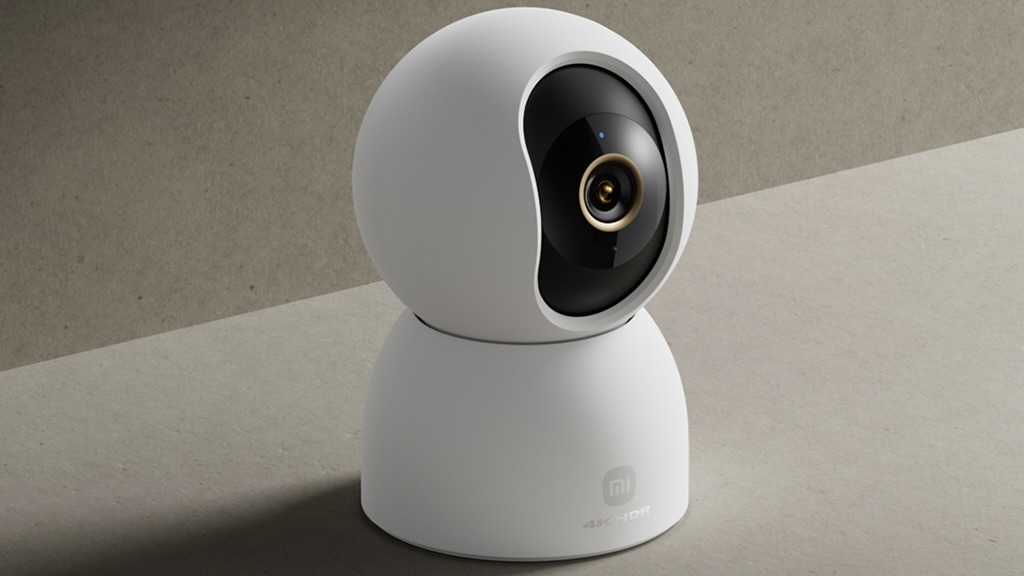 Xiaomi’s next indoor smart security camera could be its most affordable yet
Xiaomi’s next indoor smart security camera could be its most affordable yetIt's less than $40...
By Lizzie Wilmot Published
